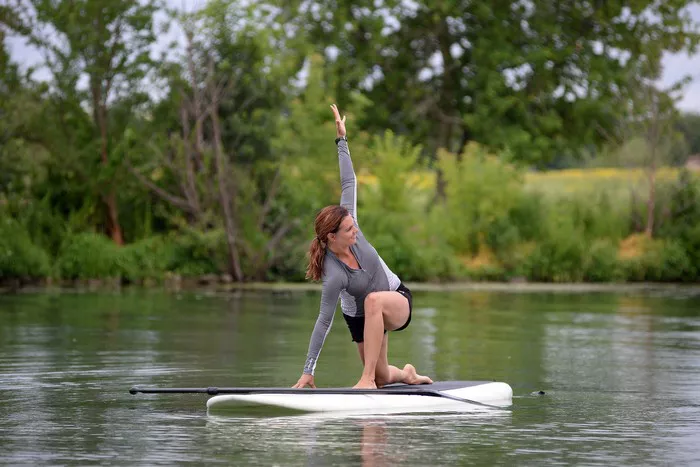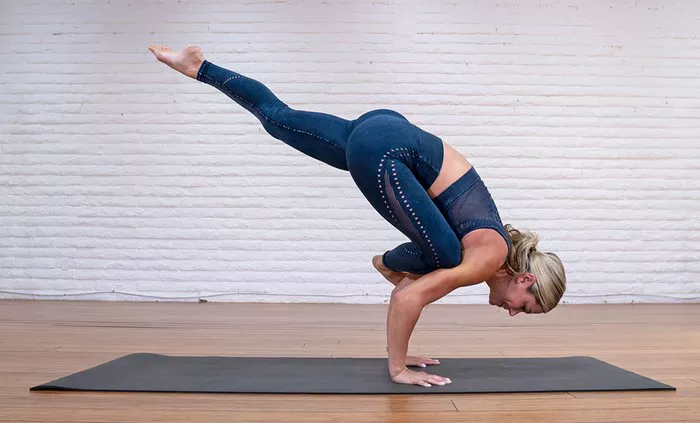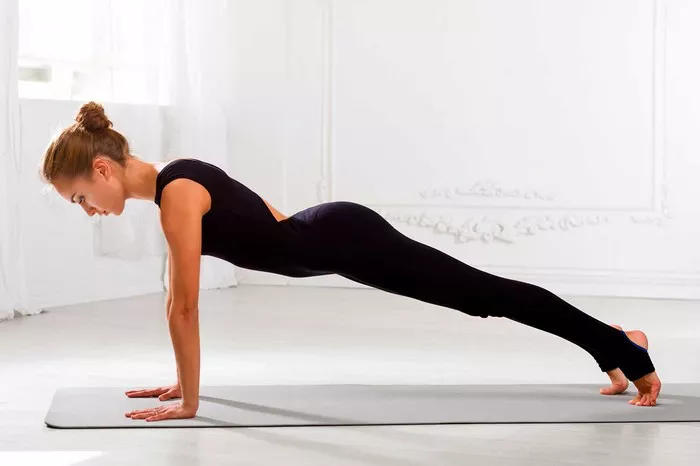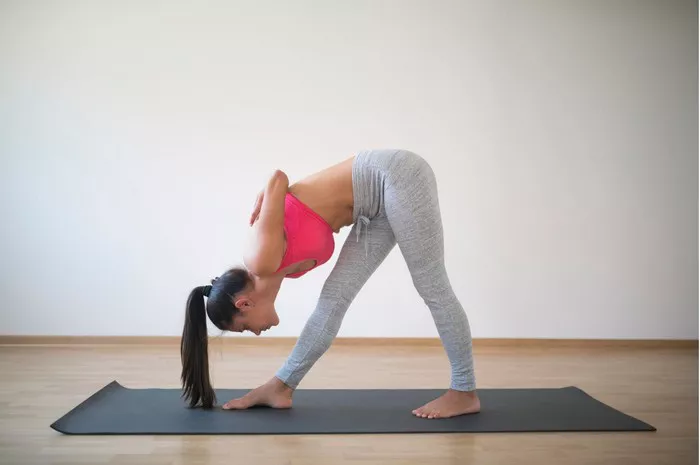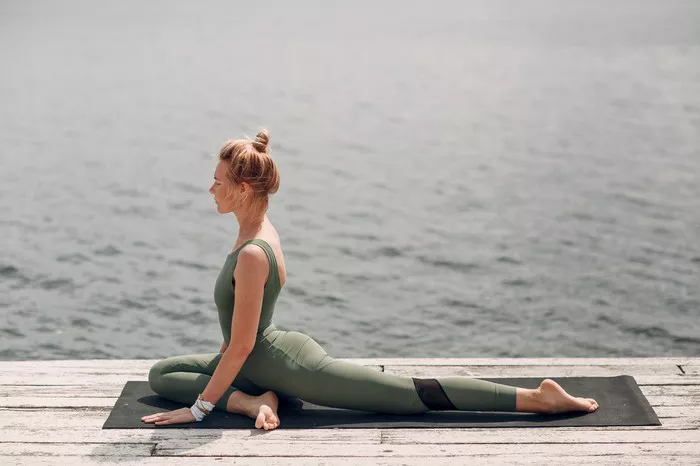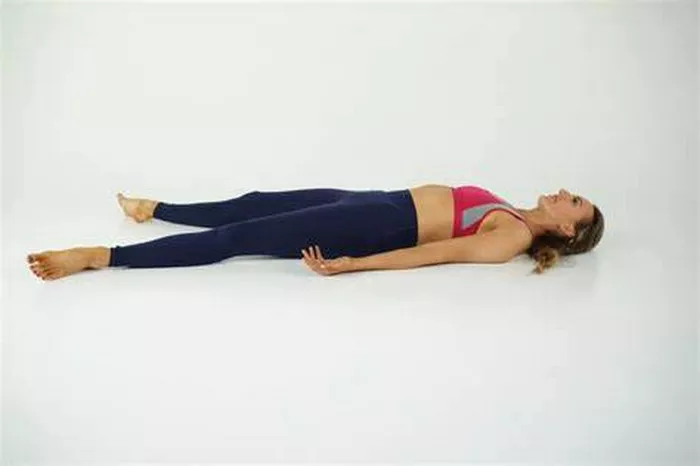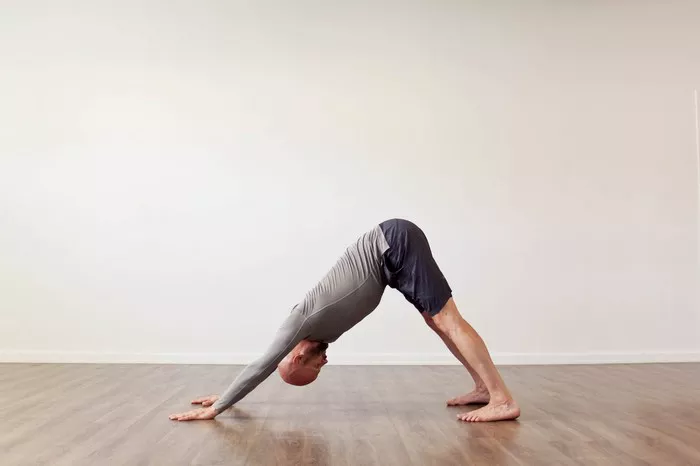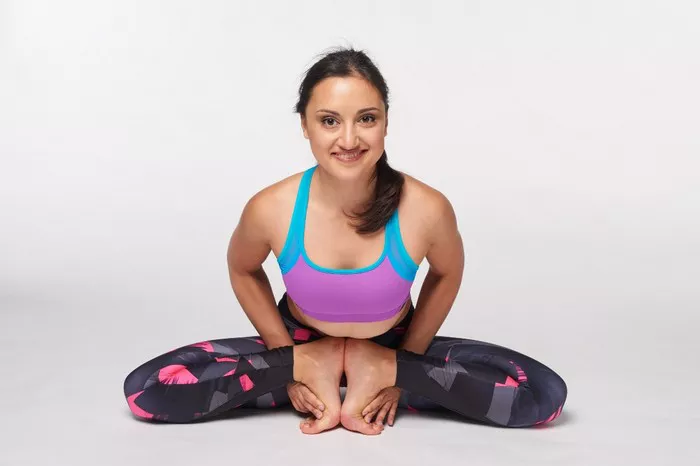Lotus Pose (Padmasana) is one of the most recognized and revered poses in yoga. It has been practiced for centuries and is often associated with deep meditation and spiritual practices. Whether you are a seasoned yogi or a beginner, understanding how long to sit in Lotus Pose can significantly impact your practice and its benefits. This article will explore the benefits of Lotus Pose, how long you should sit in this position, and the key considerations to keep in mind to ensure you are practicing safely and effectively.
The Importance of Lotus Pose
Before we delve into how long you should sit in Lotus Pose, it’s important to understand its significance and why it’s such a central element in many yoga traditions.
A Sacred Pose for Meditation
In many Eastern traditions, Lotus Pose is revered as a symbol of purity, enlightenment, and spiritual awakening. In Buddhism and Hinduism, the lotus flower represents the growth of spiritual consciousness, blooming out of the muddy waters to reach the surface. This is why the Lotus Pose is considered not only a physical posture but a symbolic practice that enhances spiritual awareness and mindfulness.
The pose helps to ground the practitioner, foster inner stillness, and promote a sense of calm, making it an ideal position for meditation. When sitting in Padmasana, the body remains stable, which allows for deep, uninterrupted concentration during meditation.
Physical Benefits of Lotus Pose
While the spiritual significance of Lotus Pose is prominent, it also provides various physical benefits. Sitting in this posture engages the hips, thighs, and lower back, improving flexibility and strength in these areas. It stretches the ankles, knees, and hips while promoting good posture and opening the pelvis.
Some of the key physical benefits of practicing Lotus Pose include:
Increased flexibility in the hips and ankles: Lotus Pose involves a deep stretch in the hip flexors, quadriceps, and inner thighs. Over time, this can significantly improve the flexibility of the hip joints and ankles.
Improved posture: Sitting with a straight spine in Lotus Pose encourages better alignment of the entire body, helping to reduce slouching and poor posture.
Strengthening of the core and lower back: Maintaining stability in this seated posture requires engagement of the core muscles and lower back, helping to strengthen these areas over time.
Reduced tension in the legs: The seated position helps to relieve tension in the legs, especially for those who spend long hours sitting or standing during the day.
While these physical benefits are important, the mental and emotional benefits should not be overlooked. Lotus Pose helps to create a peaceful environment for meditation and encourages a sense of inner calm and clarity.
How Long Should You Sit in Lotus Pose?
Now that we understand the significance and benefits of Lotus Pose, the next question is: How long should you sit in Lotus Pose?
The answer depends on several factors, including your experience level, flexibility, comfort level, and the goals of your practice. In general, the length of time you spend in Lotus Pose should be guided by your body’s signals, especially if you are a beginner. Below, we explore different scenarios that may influence how long you should hold the pose.
For Beginners
If you are new to yoga or to sitting in Lotus Pose, it’s important to approach the posture with patience and mindfulness. Sitting in Lotus for long periods might initially feel uncomfortable or even painful. If you are not accustomed to this position, it’s best to start with shorter durations and gradually increase the time as your body becomes more accustomed to the pose.
Suggested Duration for Beginners:
Start with 5-10 minutes: Begin by sitting in Lotus Pose for 5-10 minutes. Focus on your breath and ensure that your posture remains comfortable. You can use props like cushions or blocks under the knees or hips to make the posture more accessible.
Gradually increase time: As your flexibility and comfort increase, you can gradually extend your practice to 15-20 minutes. Never push through pain or discomfort, as this can lead to injury.
For Intermediate Practitioners
Intermediate practitioners who have built some flexibility and strength in the hips and lower body can hold the pose for longer periods. By this stage, your body should be more accustomed to the stretch and pressure that Lotus Pose creates. You will likely find it easier to sit with a straight spine and hold the pose for extended periods.
Suggested Duration for Intermediate Practitioners:
15-30 minutes: Aiming for 15 to 30 minutes in Lotus Pose is suitable for intermediate practitioners. However, it’s essential to listen to your body and avoid overstretching. During longer sessions, make sure you focus on keeping your body relaxed and your breath steady.
For Advanced Practitioners
Advanced practitioners who have spent years developing flexibility in the hips, knees, and ankles may be able to sit in Lotus Pose for extended periods with relative ease. However, it is crucial to maintain mindfulness and avoid sitting for excessive lengths that may lead to discomfort or strain. Advanced practitioners may also engage in meditation for extended periods while sitting in Lotus, which could range from 30 minutes to several hours, depending on their practice and physical comfort.
Suggested Duration for Advanced Practitioners:
30 minutes to 1 hour or more: For advanced practitioners, sitting in Lotus for 30 minutes or longer is common. It is important to maintain mental awareness and avoid the temptation to simply endure the posture for longer than what feels comfortable.
Factors to Consider When Deciding How Long to Sit in Lotus Pose
While the above guidelines offer general recommendations, it’s important to consider a few key factors before determining how long you should sit in Lotus Pose.
1. Comfort and Pain-Free Practice
The most important aspect of any yoga pose is to practice in a way that is comfortable and pain-free. If you experience sharp pain or discomfort in your knees, hips, or lower back while sitting in Lotus, it’s best to come out of the pose and take a break. Some discomfort is normal when developing flexibility, but pain is a signal from your body that something is wrong.
If you find that Lotus Pose is uncomfortable, consider modifying the pose by sitting on a cushion or using props to elevate the hips. This will reduce the strain on the knees and hips.
2. Breath and Awareness
Breathing is essential when practicing Lotus Pose. As you sit in the pose, focus on deep, steady breaths. Breath awareness helps to calm the mind and ease the body into the posture. If your breath becomes shallow or irregular, it might be a sign that you need to adjust your time in the pose or come out of it.
3. Your Flexibility Level
The amount of time you can comfortably sit in Lotus Pose is directly related to your flexibility. If you’re still working on hip and ankle flexibility, it’s best to keep your practice sessions shorter and focus on gradually building flexibility over time.
4. Physical Limitations or Injuries
If you have any existing physical conditions, such as knee or hip injuries, it’s crucial to approach Lotus Pose with caution. In some cases, this pose may not be appropriate, and modifications or alternative poses should be considered. Always consult with a qualified yoga instructor or healthcare professional if you have concerns about your ability to perform this pose safely.
Modifications and Alternatives to Lotus Pose
If you find Lotus Pose challenging or uncomfortable, there are several modifications and alternative poses that can provide similar benefits without putting strain on the body.
Modified Lotus Pose (Half Lotus)
If full Lotus is too intense for your body, you can try Half Lotus Pose (Ardha Padmasana). In Half Lotus, one foot is placed on the opposite thigh while the other foot remains under the opposite leg, with both knees resting on the ground. This modification allows you to ease into the posture while still benefiting from the stretch and alignment of the hips.
Sukhasana (Easy Pose)
Sitting in Easy Pose (Sukhasana) is another alternative if you are looking for a more accessible seated posture. In this position, you sit cross-legged with your hands resting on your knees and your spine straight. While it doesn’t offer the same deep stretch as Lotus Pose, it still helps to open the hips and promote good posture.
Seated Forward Fold (Paschimottanasana)
For those who want to work on their flexibility and hip opening but find Lotus Pose too challenging, Seated Forward Fold can be a great alternative. This pose stretches the hamstrings, hips, and lower back, helping to increase flexibility in the legs and lower body.
Conclusion
In conclusion, the amount of time you should spend in Lotus Pose depends on your experience level, comfort, and flexibility. Beginners should start with short durations, such as 5-10 minutes, while intermediate practitioners can aim for 15-30 minutes. Advanced practitioners may be able to sit for longer, but it’s essential to listen to the body and adjust accordingly.
Remember, Lotus Pose is about more than just physical endurance; it is also a practice of mindfulness, awareness, and meditation. Approach it with patience and kindness towards yourself, and over time, you’ll discover its transformative benefits for both body and mind.
Related Topics:




